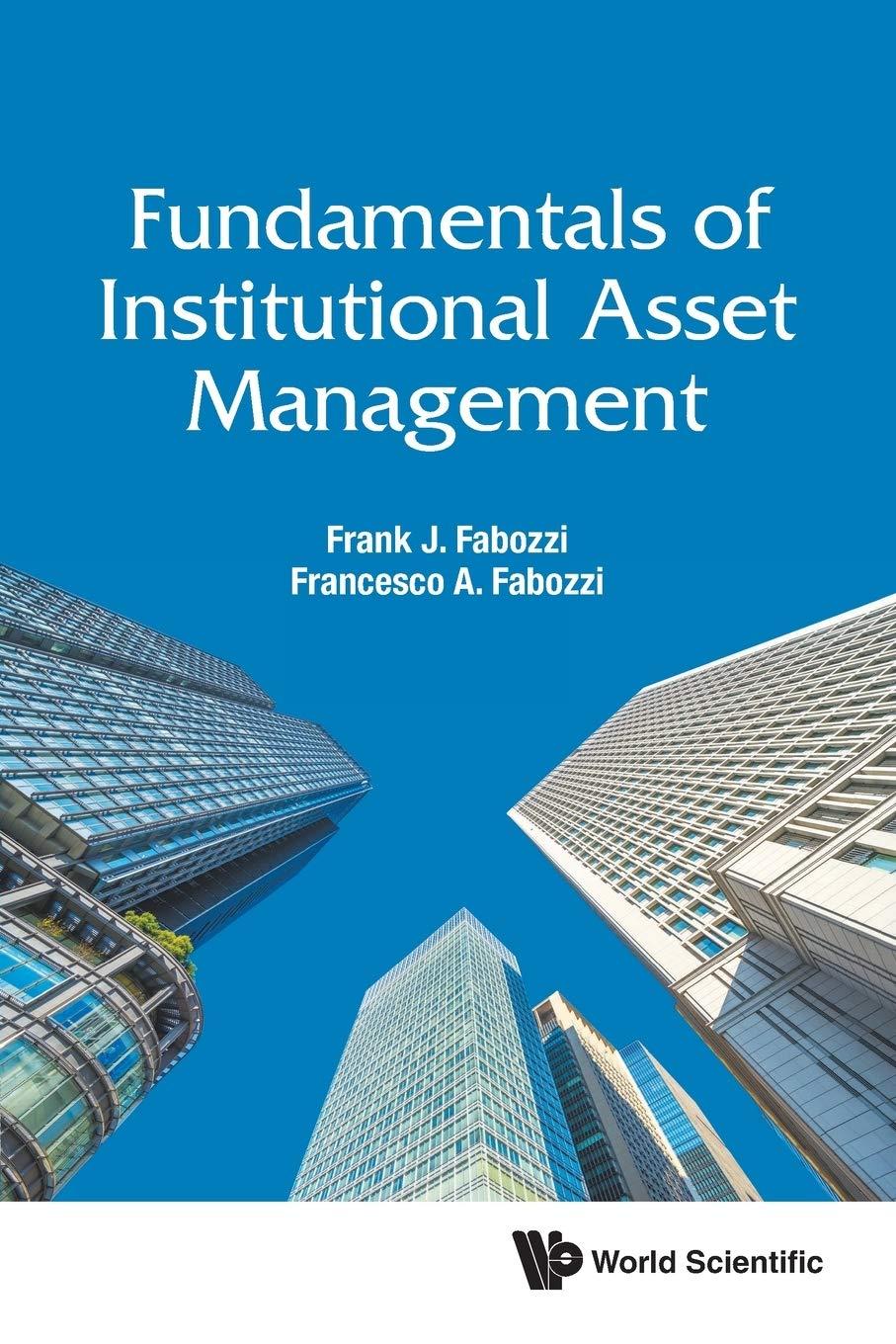Question
The residual dividend model is an important model in finance. Read the following passage of text and then answer the question that follows. Investors generally
The residual dividend model is an important model in finance.
Read the following passage of text and then answer the question that follows.
Investors generally prefer predictable dividends to unpredictable dividends. But what policies should firms follow to make their dividend payments more predictable? The residual dividend model is one way of setting these policies.
The residual dividend model rests on four key factors when setting dividend policy:
| 1. | The opinion of management about the preferences of investors for dividends versus capital gains (Note: The residual dividend model assumes that investors are indifferent between dividends and capital gains.) |
| 2. | Investment opportunities of the firm |
| 3. | The target capital structure |
| 4. | Cost and availability of external capital |
If a firm follows the residual dividend model to set dividend policy, it first determines the optimal capital budget. Next, the firm determines the amount of equity needed under this target capital structure. After that, the firm uses retained earnings to meet equity requirements (if possible). Finally, the firm will pay dividends if and only if there are more earnings available than needed for the optimal capital structure. That is, if there are any residual earnings left, those earnings are paid out as dividends. This is where the residual dividend model gets its name.
True or False: According to the residual dividend model, dividends are paid out if earnings do not exceed the amount of equity needed to finance the capital budget.
Step by Step Solution
There are 3 Steps involved in it
Step: 1

Get Instant Access to Expert-Tailored Solutions
See step-by-step solutions with expert insights and AI powered tools for academic success
Step: 2

Step: 3

Ace Your Homework with AI
Get the answers you need in no time with our AI-driven, step-by-step assistance
Get Started


